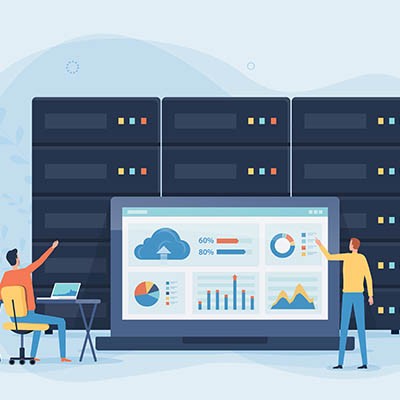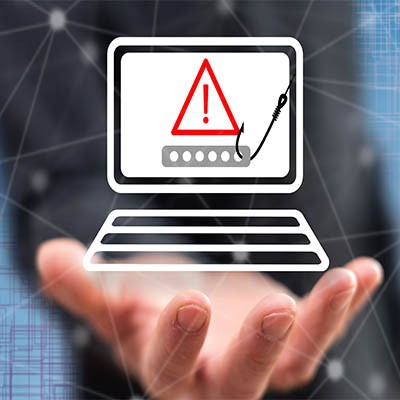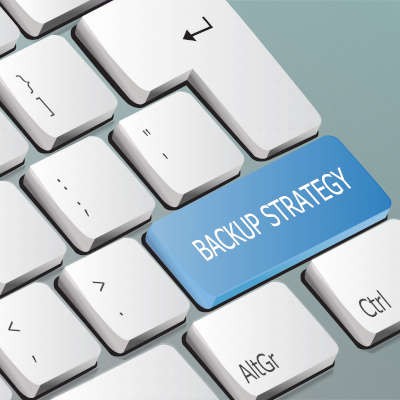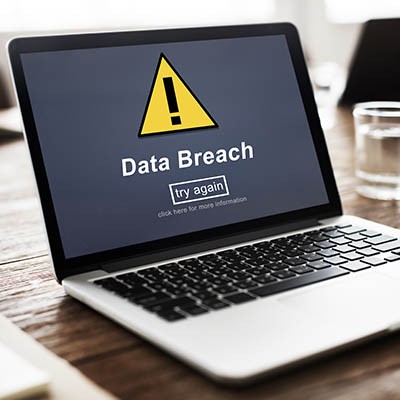Data breaches are a modern reality, and they’ll still be around in the new year. While it is obviously preferable for your business not to fall victim to one, that isn’t always something in your control. Therefore, it is better to have planned ahead, so that your operations can continue and you can more effectively keep your contacts apprised of the situation. Let’s discuss what you need to do.
About Business Solutions & Software Group
Business Solutions & Software Group has been serving the South Florida area since 1997, providing IT Support such as technical helpdesk support, computer support and consulting to small and medium-sized businesses. Our experience has allowed us to build and develop the infrastructure needed to keep our prices affordable and our clients up and running.
Recent News
Contact Us
10211 W Sample Road Suite 114
Coral Springs, Florida 33065
Mon to Fri 9:00am to 6:00pm




















